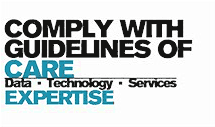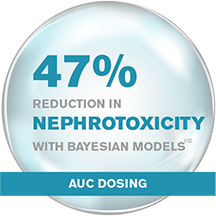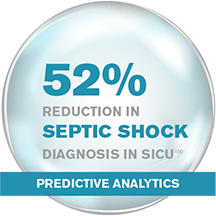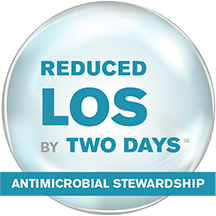In response to the COVID-19 Coronavirus, Premier has activated our business continuity and disaster preparedness protocols. We are committed to meeting the needs of our members and the patients they serve at all times. For more information, visit premierinc.com/covid-19-response. opens in a new tab
Who’s Sick? Predictive Analytics Monitoring at the Bedside.
Adverse, critical and unanticipated events happen every day in healthcare. The results are increased morbidity and mortality, increased length of stay and unreimbursed cost of care. Simple and intuitive visualization provides an early warning of clinical deterioration so that clinicians can take appropriate action to circumvent an adverse event. COVID-19 has emphasized the need for clinicians to be able to anticipate these events and provide proactive care. In our on-demand webinar, we discuss how predictive analytics monitoring can help clinicians prevent events (such as emergent intubation and sepsis), conserve precious resources, decrease the risk of staff exposures and ultimately improve patient outcomes.
View WebinarCustom Package of COVID-19 Alerts Deployed to TheraDoc® Users.
To support your surveillance and control efforts, our team has created a custom package of COVID-19 alerts. These alerts are meant to assist in identification of potential persons of interest and track the order of or positive result of a COVID-19 test. These alerts have been in the pilot phase with several hospitals where positive cases have been identified and we feel the current U.S. situation warrants distribution more broadly. Alert descriptions can be found in the TheraDoc Users’ Community on PremierConnect®.
Executive Briefing: State of Supply Chain and COVID-19
While the risk of the novel coronavirus (COVID-19) remains low for the general public in the United States, as indicated by both the CDC and WHO, the outbreak poses a great threat to the U.S. healthcare supply chain. This risk is increasingly evident when it comes to the masks and respirators that healthcare providers depend on to deliver care. An interruption in the supply chain of these products poses a potential risk to our nation’s patient population and our dedicated caregivers and clinicians as controlling exposures to occupational hazards is a fundamental way to protect personnel.







